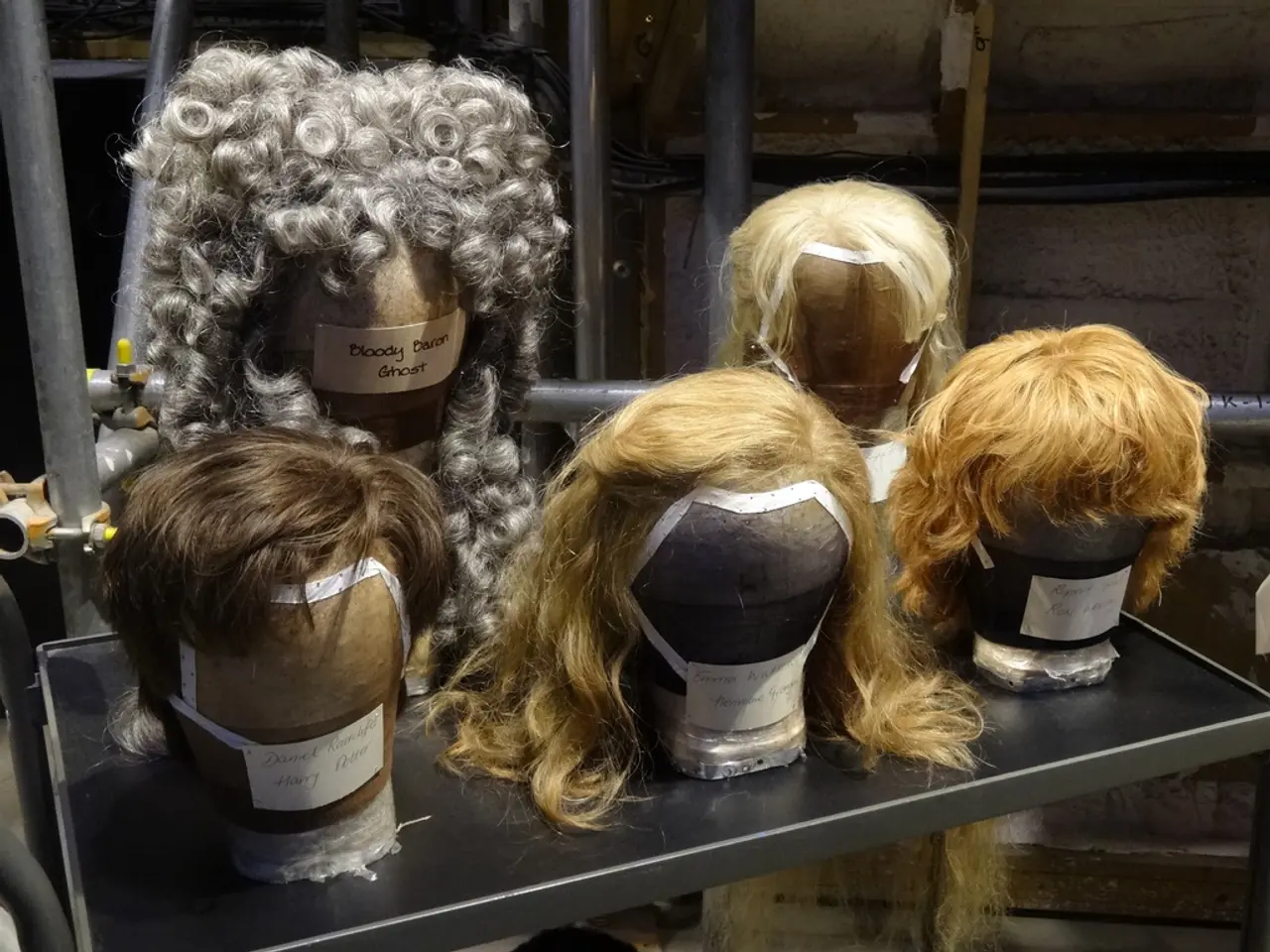Donating Hair for a Good Cause: A Guide on How to Give Away Your Locks
Donating Hair to Create Real Wigs for Cancer Patients
Did you know that your long, healthy hair could be transformed into a real wig for someone who has lost their hair due to illness? Here's what you need to know about donating your hair to make a difference in someone's life.
Firstly, choose a reputable organization that accepts hair donations. Some options include Little Princess Trust, Wigs for Kids, Locks of Love, Hair We Share, or Angel Hair Foundation. These organizations have specific requirements for hair donations, so it's important to check their guidelines before growing your hair.
Grow your hair to meet the minimum length requirement, typically around 12 inches (30 cm), although some organizations accept as short as 8 inches. The hair must be clean, dry, and free of chemical treatments like bleach or perms. Some organizations may accept colored hair, but bleached or heavily processed hair is often excluded.
Donors usually need to section their hair into ponytails or braids before cutting to keep the strands aligned for wig making. If your hair is very thick, it's best to braid several ponytails. When cutting the ponytail, measure again to ensure it is at least 30 centimeters long. The ponytail is cut above the top tie.
It's essential to include your contact details when sending the ponytail. Dreadlocks are not suitable for hair donation.
Hairdressing salons may be partners with wig manufacturers for hair donations. In such cases, the hairdresser sends the ponytail themselves. Some organizations only accept natural hair for donation, while others accept dyed hair if it is healthy and at least 40 centimeters long.
Once cut, hair donations are usually mailed to the charity. Additional details such as a donation form or hairstyle instructions are often available on each organization's website.
This process transforms donated hair into wigs that provide emotional support and dignity for cancer patients experiencing hair loss due to treatment. By donating your hair, you can make a difference in someone's life and help them feel more like themselves during a challenging time.
Sources:
[1] German Cancer Aid provides online tips on what to consider when donating hair. [2] The ponytail should be sent in clean, dry condition to avoid molding. [3] Some organizations only accept natural hair for donation, while others accept dyed hair if it is healthy and at least 40 centimeters long. [4] When cutting the ponytail, measure again to ensure it is at least 30 centimeters long.
- Amidst the selfless act of donating hair to fashion real wigs for cancer patients, an individual might ponder the impact rural women's health and wellness could have on hair donation efforts, as women are often the primary caretakers and may face unique medical-conditions during their illnesses, including cancer.
- The realm of science and medical-conditions have shown that numerous health-and-wellness issues can stem from poor hair care, such as trichotillomania, a psychological disorder characterized by the compulsive pulling of one's own hair, or alopecia areata, an autoimmune disease that causes hair loss. By donating hair, one can not only offer a physical comfort to cancer patients experiencing hair loss, but also inspire those suffering from similar hair-related medical-conditions to seek help or support.
- As women remain the primary recipients of cancer treatment and donated wigs, it is crucial for organizations involved with the science of wig creation to focus their research and development efforts on addressing the specific needs of women's health, with an emphasis on sustaining and improving the overall health-and-wellness of these individuals during their treatment period, and beyond.




